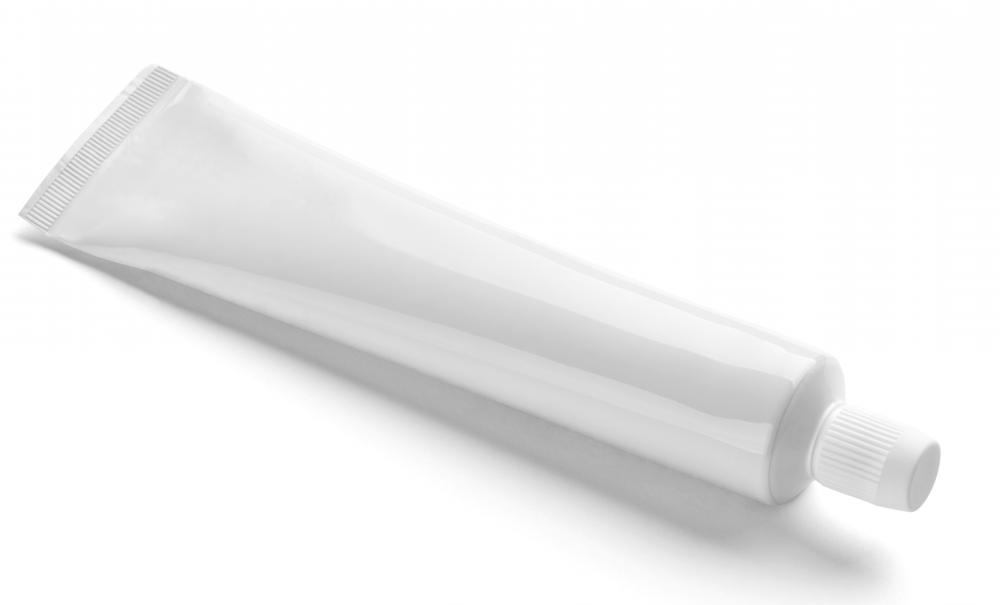At WiseGEEK, we're committed to delivering accurate, trustworthy information. Our expert-authored content is rigorously fact-checked and sourced from credible authorities. Discover how we uphold the highest standards in providing you with reliable knowledge.
What are the Different Alopecia Areata Treatments?
Alopecia areata is an autoimmune disease in which white blood cells attack hair follicles and cause hair to fall out. Hair follicles remain alive, and sometimes people spontaneously start to regrow hair, but there is no medical cure for this condition. Generally, hair on the head is lost in small patches, but total hair loss on the scalp and face, as well as total hair loss across the entire body, may occur. The different alopecia areata treatments include cortisone injections or pills, topical minoxidil, topical Anthralin, and immunotherapy. Treatment outcomes tend to be better for people who have a less than 50% loss of scalp hair.
The most common of the alopecia areata treatments are cortisone injections in each bald patch of skin. A very small needle is used; most people are able to tolerate getting these shots once a month. New hair growth may be seen about four weeks after treatment begins. Side effects are limited to occasional depressions in the skin at the site of the injection. Most of the time these dips fill in by themselves and do not cause any problems.

If the patient has more than 50% scalp hair loss, cortisone pills may be prescribed. Side effects might include weight gain, increased appetite, dizziness, headache, and menstrual irregularities. More serious side effects sometimes occur and may involve mood changes, racing heartbeat, black stools, seizures, and many others. The health risks, and the fact that newly regrown hair may fall out soon after stopping the medication, make oral cortisone unsuitable for long-term therapy.
Another of the alopecia areata treatments for those with partial hair loss is minoxidil 5% solution. This is available without a prescription. Applied twice a day, minoxidil may help hair regrown facial and scalp hair. Once hair is regrown, treatment can be ended. Side effects may include burning, itching, redness, or irritation of the eyes and/or treated areas. Hair growth on other parts of the body, hives, fast heartbeat, or dizziness are other possible side effects. The 2% minoxidil solution is not an effective treatment for alopecia areata.
Patchy hair loss may respond to topical Arthralin. This is a brown, tarlike drug that is applied to bald patches twice a day. New hair growth may be seen in 8-12 weeks. This is one of the alopecia areata treatments that may irritate and stain the skin temporarily, but otherwise is usually tolerated well.
Topical immunotherapy may be used in cases of severe alopecia areata. Chemicals to induce an allergic rash are applied to the scalp. After six months of treatment, new hair growth may appear. This is one of the alopecia areata treatments that should continue in order to maintain hair growth. Immunotherapy is used in the U.S., Canada, and Europe, but may not be available in other areas of the world. This treatment is virtually free of side effects except for itchiness during warm weather.
AS FEATURED ON:
AS FEATURED ON:











Discuss this Article
Post your comments